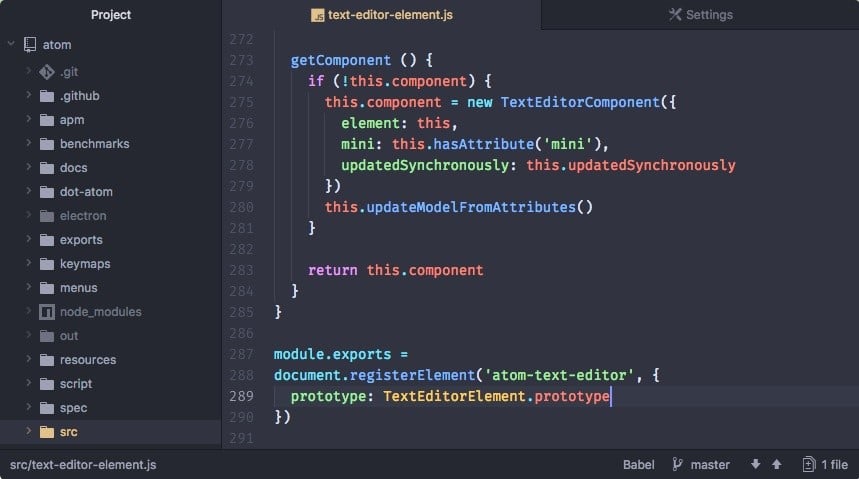

I love the idea of Emacs and I've seen how productive people can be when they're completely immersed in that ecosystem.

I've used it to write, test, and compile/run short snippets in everything from Scala to Golang and for just fooling around, it's great.
ATOM TASKPAPER CODE
Visual Studio Code has been very useful as a good general purpose IDE.Pycharm: The Python equivalent of what RStudio is to R and I use it a LOT.I administer and do my analysis work on a cloud RStudio Server rather than a local instance. RStudio: 95% of my R work is in RStudio.Cloud, I really do a lot of stuff on remote servers.I'm on a dual-boot setup running on a Franken-Dell laptop (about every part has been replaced at some time) Weeeenders 10 when I have to use MS Office.I live on the keyboard, and Alfred offers fast switching between apps (cmd-space, f for Finder, cmd-space, e for Emacs, etc), good file finder, and sorting for “recent” apps/files I mostly write R scripts for processing/running analyses, and use Rmd for sharing reports.If I need to do ML, I process data with R then go to python sklearn. Starting to use Forkflift instead of Finder, which has dark mode and split screen, but most importantly, awesome remote access.Getting more familiar with git on Emacs, but still use command line git.Terminal, Red Sands theme (only looks nice on retina screen).Git integration: emacs keyboard shortcuts for git.In Emacs, I can open remote server files from local session.I do like the Data viewer, which shows variable labels for data from SAS I use RStudio occasionally, to see what features it has.I am big on keyboard shortcuts, that is why I spend a lot of time in Emacs.In other words, TaskPaper.web is better suited for being installed and used on a local network rather than the Web.Below, post your set up for working on analytics projects where you use R. It doesn't support multiple users (although you can use tags to assign tasks to a specific user, for example and there is no security mechanism that allows you to protect your to-do lists or hide them from the outside world. Of course, TaskPaper.web is not for everyone and it does have a few limitations. The Select Project drop-down list lets you display tasks belonging to a particular list, and you can use the check box next to each to-do item to mark the task as completed.
ATOM TASKPAPER INSTALL
The clever part is that TaskPaper.web lets you add tags to each to-do item, for example: - Install Puppy Linux on Eee PC when you need to locate all tasks containing a specific tag, you can do that by clicking on the tag you want. To create a new task for the list, add a new item preceded by the - character: - Install Puppy Linux on Eee PC For example, to create a new list, enter its name followed by a colon, for example: Install stuff: All data is stored in a plain text file, and you manage your to-dos by simply editing the file. The first thing you'll notice when you open TaskPaper.web in your browser is its rather unusual way of storing and presenting to-do lists. Copy them into a directory on your server, and the application is ready to go. It doesn't require a database back-end, and the entire application consists of just a handful of files. Even though it's a rather bare-bones task manager, it packs a few nifty features and a sleek interface to boot. If the answer is no, then consider TaskPaper.web. Before you choose a full-blown Web-based everything-but-the-kitchen-sink kind of task manager, ask yourself whether you really need all its frills and fancy trimmings.


 0 kommentar(er)
0 kommentar(er)
